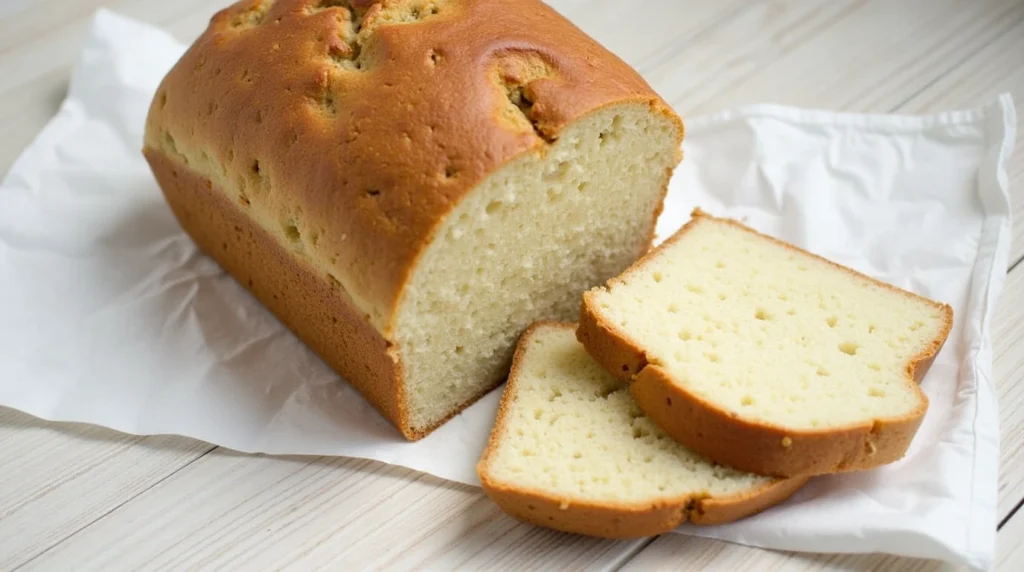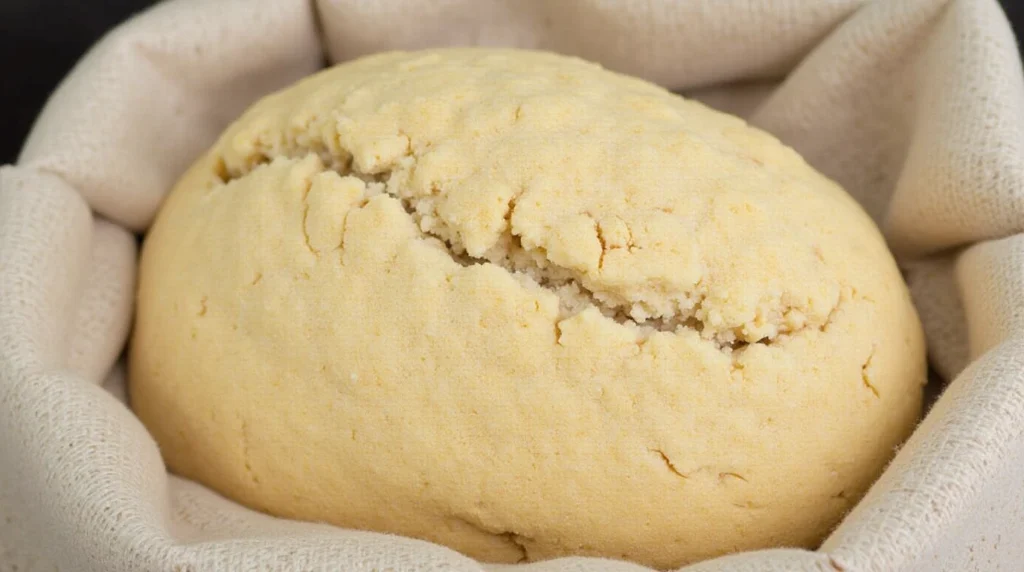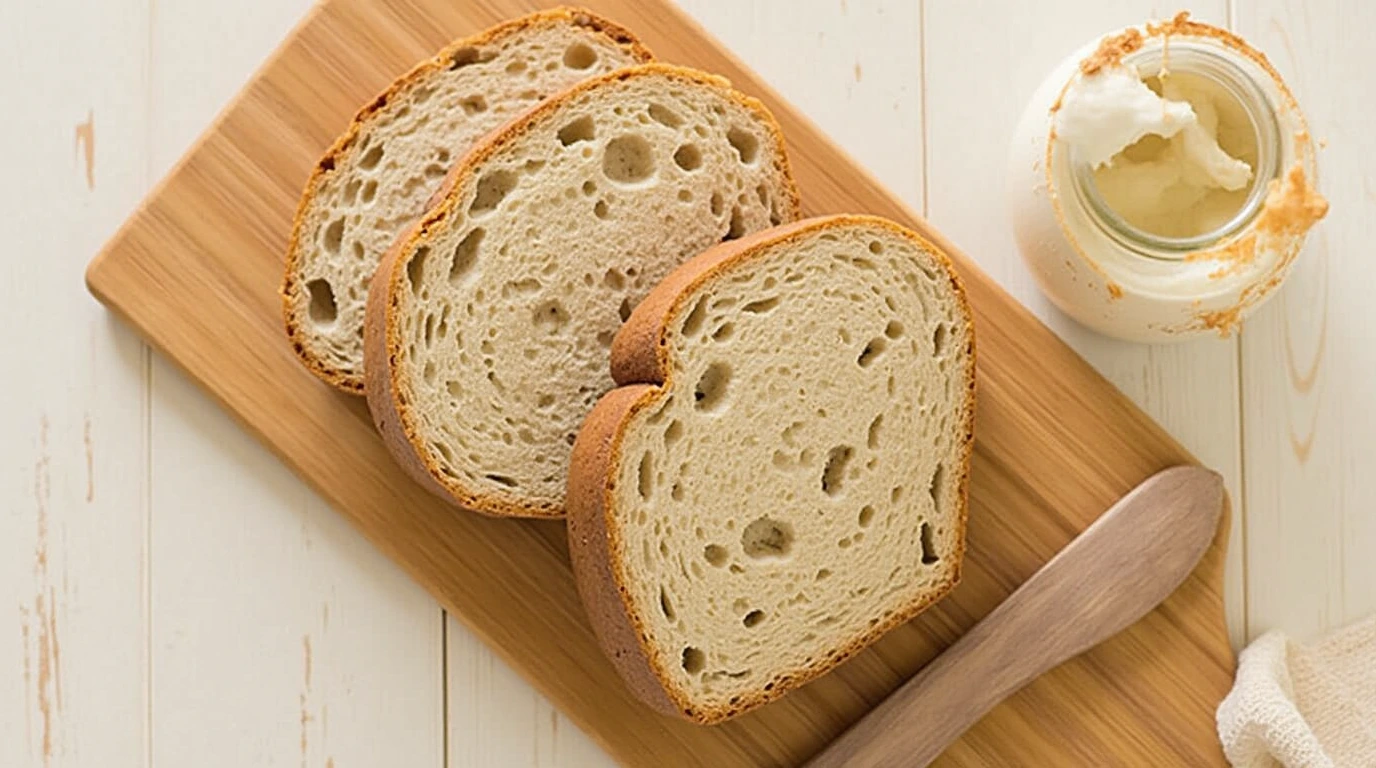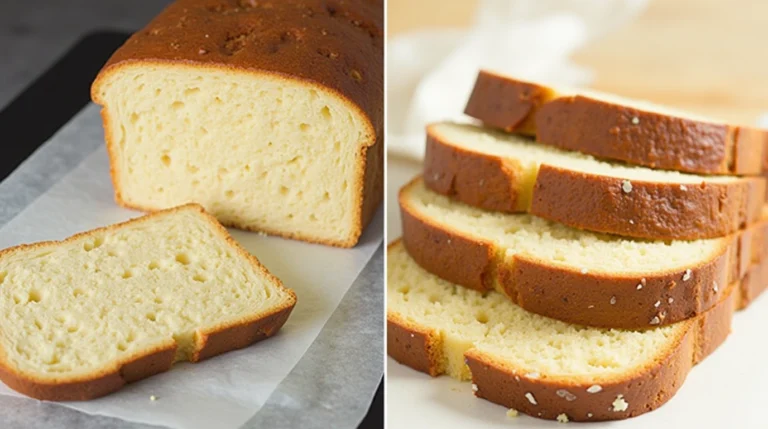How to Make a Best Coconut Flour Sourdough Bread in 7 Simple Steps
Have you ever wondered if it’s possible to combine the rich, tangy flavor of sourdough with the lightness and health benefits of coconut flour? If your answer is yes, then today’s your lucky day because we’re diving into the world of Coconut Flour Sourdough Bread! This unique bread not only satisfies your taste buds but also caters to those looking for gluten-free options. Let’s explore how easy it can be to create this delightful loaf right at home.
Table of Contents
Overview

What makes this recipe special is its ability to merge two powerful ingredients—coconut flour and sourdough starter—into one harmonious creation. Unlike traditional sourdough recipes that might intimidate beginners, our Coconut Flour Sourdough Bread requires just seven straightforward steps, making it accessible even for novice bakers. With a preparation time of approximately 30 minutes and a baking duration of around 45-60 minutes, plus some rising time, this project fits perfectly into any busy schedule. The difficulty level sits comfortably at beginner-friendly, ensuring success without stress.
Essential Ingredients

To craft your perfect loaf, gather these essential ingredients:
- Coconut Flour : A key player here due to its high fiber content and low carbohydrate count, ideal for keto diets 7.
- Sourdough Starter : Provides that characteristic tanginess and helps leaven the dough naturally.
- Eggs: Act as binders and add moisture.
- Butter or Oil: Enhances texture and flavor.
- Baking Powder/Soda: Necessary for additional rise since coconut flour doesn’t behave like wheat flour.
- Salt: Balances sweetness and enhances overall taste.
For substitutions, consider almond meal if nut-based flours are preferred over coconut flour; however, note that results may vary slightly. For those avoiding dairy, melted coconut oil works wonderfully instead of butter.
Step-by-Step Instructions
Let’s get started on crafting your very own [Coconut Flour Sourdough Bread]:
Step 1: Prepare Your Workspace
Preheat your oven to 350°F (175°C). Grease an 8×4 inch loaf pan thoroughly to prevent sticking 2.
Step 2: Activate Your Sourdough Starter
Ensure your sourdough starter is active and bubbly before incorporating it into the mixture. Feed it about 6-8 hours prior to use.
Step 3: Mix Dry Ingredients
In a large mixing bowl, whisk together the coconut flour, baking powder, salt, and optional sweetener if desired.
Step 4: Combine Wet Ingredients
In another bowl, beat the eggs until frothy. Stir in melted butter (or oil), vanilla extract if using, and your activated sourdough starter.
Step 5: Blend Everything Together
Gradually incorporate the wet ingredients into the dry ones, mixing until you achieve a thick batter consistency. Be careful not to overmix, which could lead to a dense loaf.
Step 6: Let It Rest
Pour the batter into your prepared loaf pan and smooth out the top. Allow the batter to rest for about 15-30 minutes so the coconut flour can absorb liquids fully.
Step 7: Bake Until Golden Brown
Place the loaf pan in the preheated oven and bake for 45-60 minutes or until a toothpick inserted comes out clean. Once done, let it cool completely before slicing.
Assembly & Presentation Tips
When assembling your [Coconut Flour Sourdough Bread], ensure all components are well incorporated for uniform texture throughout the loaf. After cooling, slice thinly for sandwiches or toast thicker slices for hearty breakfasts. To elevate presentation, serve alongside homemade jams, honey, or avocado spread.
Storage & Make-Ahead Tips
Store your freshly baked [Coconut Flour Sourdough Bread] in an airtight container at room temperature for up to three days. For longer storage, freeze individual slices wrapped tightly in plastic wrap followed by aluminum foil. When reheating frozen slices, place them directly in a toaster or warm briefly in the microwave for optimal freshness.
Recipe Variations
Feel free to experiment with various flavors such as adding shredded zucchini for moistness, chopped nuts for crunch, or dried fruits for sweetness. You could also try infusing herbs like rosemary or thyme for savory versions.
Conclusion
Creating [Coconut Flour Sourdough Bread] from scratch doesn’t have to be daunting—it’s actually quite enjoyable once broken down into manageable steps. Encourage yourself to play around with different ingredients and techniques while keeping the basics intact. Remember, practice makes perfect, so don’t hesitate to tweak recipes according to personal preferences.
FAQs
Q: Can I substitute coconut flour with another type of flour? A: While possible, doing so will alter both texture and structure significantly. Almond meal or other grain-free flours might work better than standard all-purpose flour when aiming for similar outcomes.
Q: What are the health benefits associated with eating coconut flour sourdough bread? A: Coconut flour is rich in fiber and protein, promoting digestive health and satiety. Combining it with sourdough fermentation increases nutrient availability and reduces antinutrients present in grains 7.
Q: How long does the bread stay fresh after baking? A: Properly stored, your [Coconut Flour Sourdough Bread] should remain fresh for about three days at room temperature. Beyond that, freezing becomes advisable for maintaining quality.
Enjoy experimenting with this versatile recipe and share your creations with friends and family! Happy baking!
Try these Recipes Next!
- How to Make a Best Fluffy Keto Low-Carb Bread Recipes with Only 5 Ingredients
- Burritos: 15 Quick and Healthy Breakfast Ideas Under 300 Calories
There are no reviews yet. Be the first one to write one.







